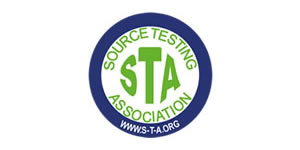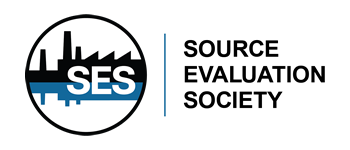| Abstract Title: | Methane emissions from global supply chains- quantification and assessment of national reporting |
| Presenter Name: | Dr Jasmin Cooper |
| Co-authors: | Dr Paul Balcombe Prof Adam Hawkes |
| Company/Organisation: | Sustainable Gas Institute, Imperial College London |
| Country: | United Kingdom |
Abstract Information :
The accurate quantification of methane emissions is an increasingly important topic as climate targets become more stringent and more nations make pledges to cut emissions of this potent greenhouse gas. Globally, in accordance with the Kyoto Protocol, nations are obligated to account for their GHG emissions, but estimates are often based on default emission factors rather than direct measurements. There have been many efforts put into quantifying methane emissions in the oil and gas sector, but these have largely focused on emissions within country or stateregion boundaries or do not consider emissions from individual supply chains. These studies, while providing valuable information, only estimate emissions from one section or subsection of the gas supply chain, or do not compare emissions across multiple supply chains and thus, it is currently uncertain how emissions and emission intensities vary between gas supply chains within a given country.rnWe estimate emissions from global gas supply chains and compare them to one another. We also assess the quality of the emissions data reported in national submissions to the UNFCCC. The emissions kt CH4 and emissions intensity are estimated using emission factor data reported in national GHG inventories. These were used in combination with gas production, consumption and trade data, to estimate emissions. All supply types of chains are considered: domestic production, exports pipeline and liquefied natural gas LNG, imports pipeline and LNG and domestic consumption. The uncertainty in the emissions data is estimated using bootstrapping resampling and a risk matrix developed to identify regions at risk of high emissions and inaccurate emissions reporting.rnWe estimate that in 2017, 26.4 Mt CH4 was emitted by the largest producers, consumers and traders or natural gas. The average emissions per supply chain is 28 kt CH4 but there is a wide variation. The average emissions intensity is 0.7 and these ranges from 0.01 to 8.1. The majority 72 of the data we collected is Tier 1 and these are typically used by Non-Annex-1 countries, in the absence of primary data. Annex-1 countries also use Tier 1 emission factors as placeholder data where primary data is unavailable, but Tier 3 and 2 emission factors are more commonly applied. Through bootstrapping resampling we found the impact of the high dependency on Tier 1 emission factors to be significant. When the emissions data was resampled omitting Tier 1 data, both the range and average emission factor decrease significantly and when emissions were recalculated, emissions decreased by 3.8-fold in the upstream and 47 in the downstream. When the risk of high and inaccurate emissions is considered, it appears that countries which reply on Tier 1 emission factors are also at high risk. rnOverall, the findings of this work suggest the largest gas supply chains are significant sources of methane. However, there is a high degree of uncertainty in the estimates, primarily related to the high dependence on Tier 1 emission factor data. Despite this, large quantities of methane are emitted by gas supply chains.






